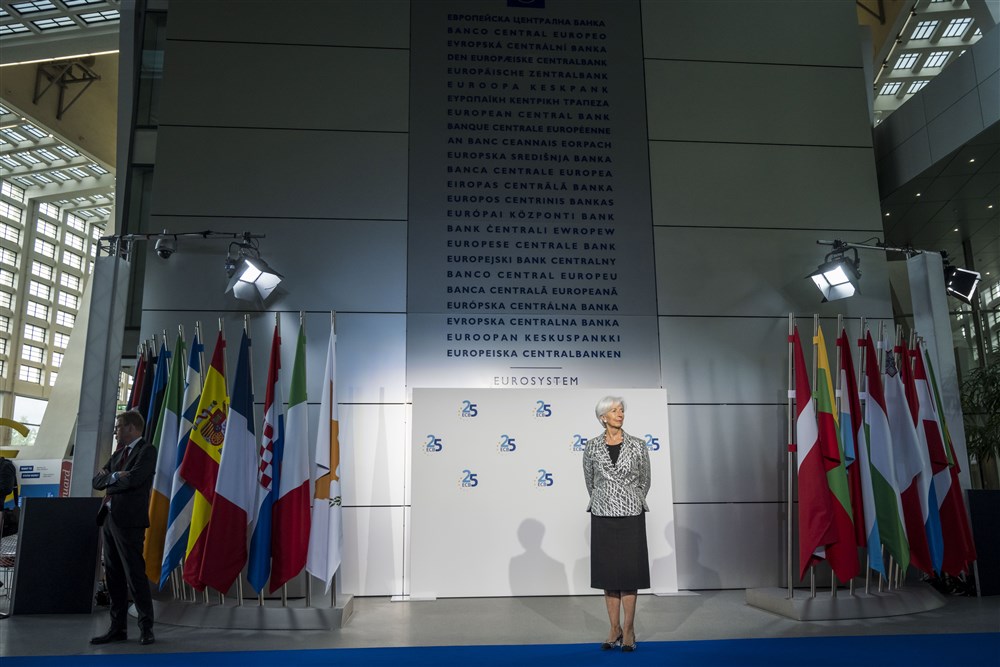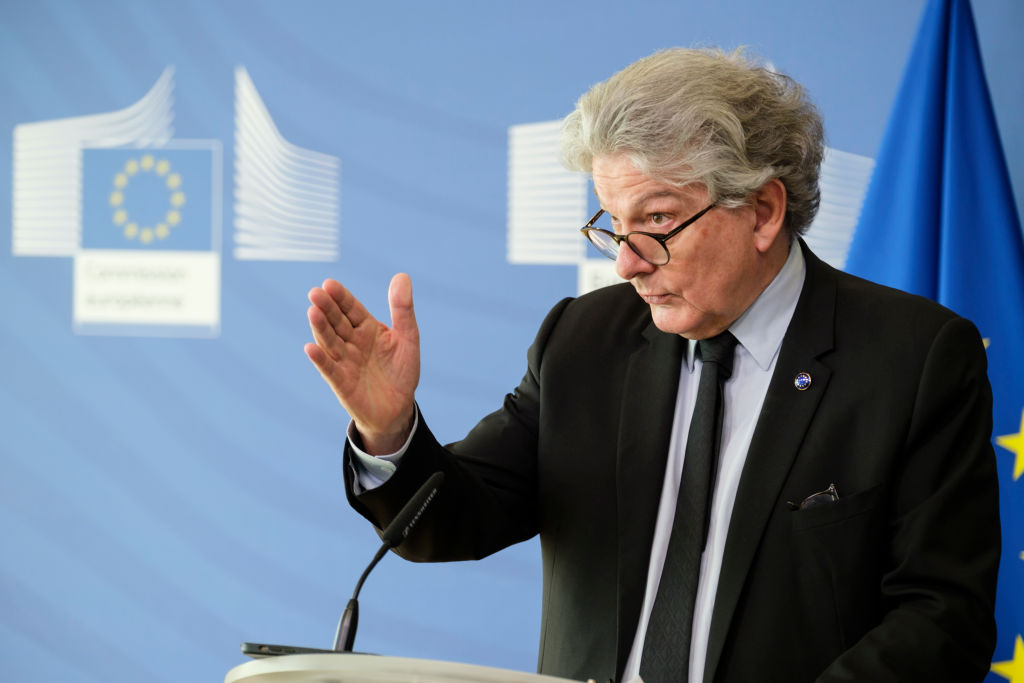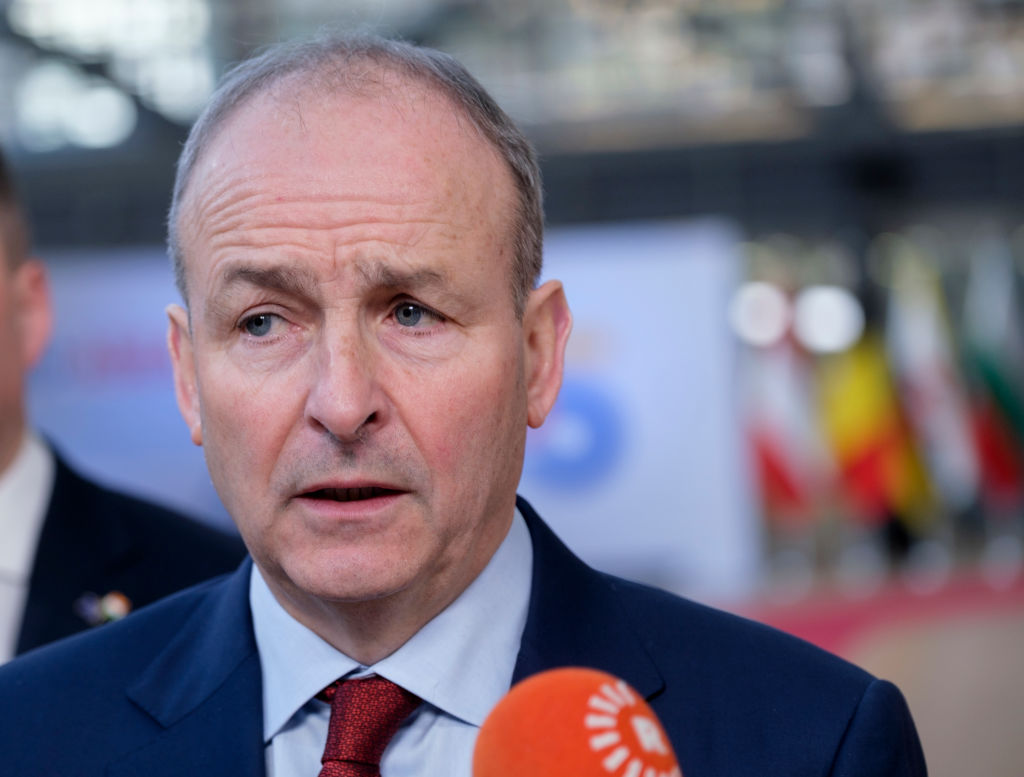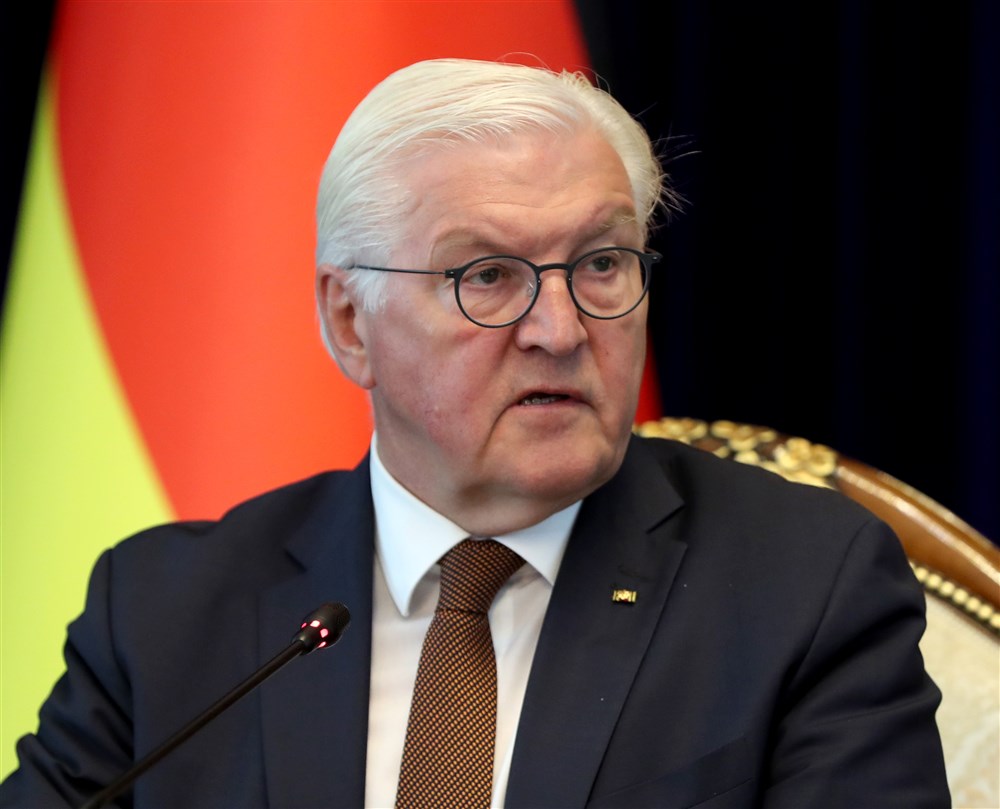The President of the European Central Bank (ECB) Christine Lagarde has been forced to apologise after an online survey launched by the organisation crashed within hours of it being announced.
The internet site was reportedly meant to gauge public opinion regarding the design of an upcoming series of Euro banknotes. The ECB has already said it will be dropping the motif of generic bridges and windows seen on the two previous iterations of the currency.
“You should have a say about how a banknote looks like [sic],” Lagarde said in a video on her Twitter social media page on July 10 asking Europeans to share their views.
We want you to have a say in what your #FutureBanknotes will look like. Take part in our survey and share your views on the shortlisted themes https://t.co/qWDVgBiUrp pic.twitter.com/0kC3is6jkE
— Christine Lagarde (@Lagarde) July 10, 2023
However, at the time of writing, accessing the survey is not possible, with those trying to open it being met with a message reading: “Sorry! Due to the extremely high volume of interest in the survey on our euro banknote redesign we are currently unable to connect you. We are working to resolve the problem though, so please come back later.”
The host website for the survey, epsilon.escb.eu, which also appeared to be mostly unresponsive, was eventually taken down for “maintenance” on July 11.
Only hours after first promoting the ECB questionnaire, Lagarde acknowledged that there were “technical problems” with accessing it.
“We are working to resolve the issue so please bear with us, and apologies for the inconvenience,” she said.
Brussels Signal has been able to verify that the survey remains offline almost 24 hours after the apology by Lagarde was issued.
Even ignoring the current problems dogging the ECB’s bid to see what people think about its design plans, the push for the new EU banknotes seemed controversial from the start. Several senior officials in Brussels and Frankfurt appear to be keen on “cutting-edge” designs that may well ruffle feathers across the continent, observers say.
Unlike the previous two series of the notes, which sported generic imagery of vaguely European-looking windows and bridges that do not actually exist, the ECB is looking to adorn the new bills with real-life images from across the EU.
An ECB statement regarding what some see as a controversial shift emphasises that it wants to create a sense of collective European identity with the latest versions of the currency.
“There is a strong link between our single currency and our shared European identity, and our new series of banknotes should emphasise this,” Lagarde said in a press release on Monday.
“We want Europeans to identify with the design of euro banknotes, which is why they will play an active role in selecting the new theme.”
A shortlist of motifs for the new notes includes birds, “European values mirrored in nature” and European rivers. According to experts, some elements may prove problematic if one EU region appears to have been given pride of place over others.
Other suggested themes include those focusing on European culture and individuals, two topics that might prove equally divisive.
The ECB has said that it wants to start introducing the new notes in 2026.





